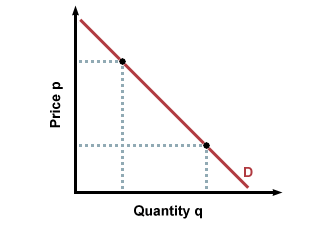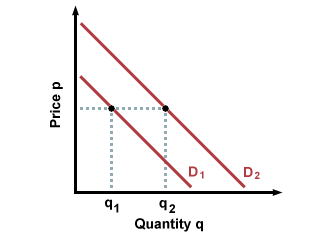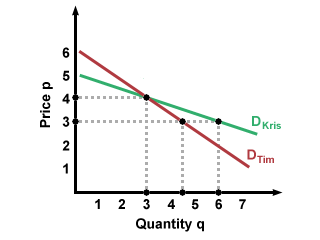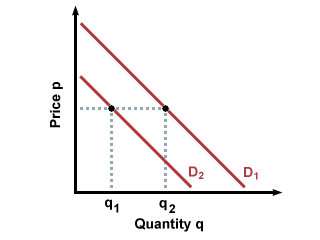Please wait while we process your payment
If you don't see it, please check your spam folder. Sometimes it can end up there.
If you don't see it, please check your spam folder. Sometimes it can end up there.
Please wait while we process your payment

By signing up you agree to our terms and privacy policy.
Don’t have an account? Subscribe now
Create Your Account
Sign up for your FREE 7-day trial
By signing up you agree to our terms and privacy policy.
Already have an account? Log in
Your Email
Choose Your Plan
Individual
Group Discount
Save over 50% with a SparkNotes PLUS Annual Plan!
 payment page
payment page
Purchasing SparkNotes PLUS for a group?
Get Annual Plans at a discount when you buy 2 or more!
Price
$24.99 $18.74 /subscription + tax
Subtotal $37.48 + tax
Save 25% on 2-49 accounts
Save 30% on 50-99 accounts
Want 100 or more? Contact us for a customized plan.
 payment page
payment page
Your Plan
Payment Details
Payment Summary
SparkNotes Plus
You'll be billed after your free trial ends.
7-Day Free Trial
Not Applicable
Renews July 8, 2025 July 1, 2025
Discounts (applied to next billing)
DUE NOW
US $0.00
SNPLUSROCKS20 | 20% Discount
This is not a valid promo code.
Discount Code (one code per order)
SparkNotes PLUS Annual Plan - Group Discount
Qty: 00
SparkNotes Plus subscription is $4.99/month or $24.99/year as selected above. The free trial period is the first 7 days of your subscription. TO CANCEL YOUR SUBSCRIPTION AND AVOID BEING CHARGED, YOU MUST CANCEL BEFORE THE END OF THE FREE TRIAL PERIOD. You may cancel your subscription on your Subscription and Billing page or contact Customer Support at custserv@bn.com. Your subscription will continue automatically once the free trial period is over. Free trial is available to new customers only.
Choose Your Plan
This site is protected by reCAPTCHA and the Google Privacy Policy and Terms of Service apply.
For the next 7 days, you'll have access to awesome PLUS stuff like AP English test prep, No Fear Shakespeare translations and audio, a note-taking tool, personalized dashboard, & much more!
You’ve successfully purchased a group discount. Your group members can use the joining link below to redeem their group membership. You'll also receive an email with the link.
Members will be prompted to log in or create an account to redeem their group membership.
Thanks for creating a SparkNotes account! Continue to start your free trial.
We're sorry, we could not create your account. SparkNotes PLUS is not available in your country. See what countries we’re in.
There was an error creating your account. Please check your payment details and try again.
Please wait while we process your payment

Your PLUS subscription has expired
Please wait while we process your payment
Please wait while we process your payment

Practice Problems 1
Problem : Nathan and Joe are shopping for video games. Nathan's demand function for video games is Q = 30 - 3P, and Joe's demand function is Q = 48 - 4P. What will their combined demand be if the price is $5? $11?
If we add Nathan and Joe's demand functions, we get:
Problem : Michelle is shopping for shirts. She chooses one, then notices that the shirts are on sale, and gets another two shirts. How can you explain this with a graph?
This is an example of moving along a demand curve. Nothing except for the price has changed, so when Michelle notices the price change, she buys more shirts.
Problem : Jenn's parents increase her allowance, so she spends more money on candy every week. How can you explain this with a graph?
This is an example of a shift in Jenn's demand curve. She has a permanent increase in her income, so she begins to buy more, even though the prices haven't dropped.
Problem :
Kris and Tim's demand curves for playing cards look like this:

Tim and Kris's Demand curves for Playing Cards

Problem : Emily decides to set aside $200 from her paycheck every month. How will this affect her demand curve? (You don't have to use specific numbers, just explain)
When Emily sets aside money from her paycheck, this is the same thing as a decrease in her income. Remember that when income increases, the demand curve shifts outwards to reflect the increase in spending. In this case, Emily's demand curve will shift inwards as she tries to economize more than usual. She will buy fewer goods, even if the prices don't change.
Please wait while we process your payment

